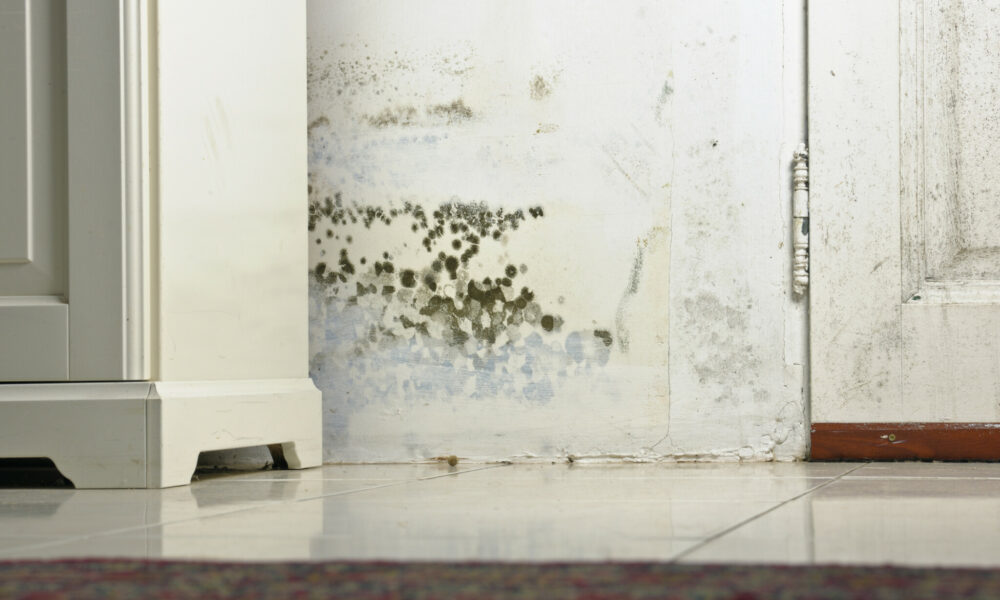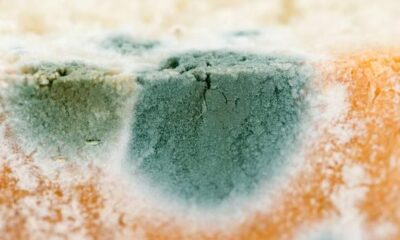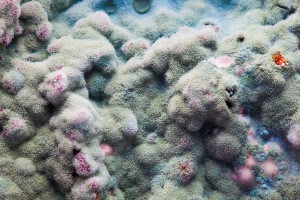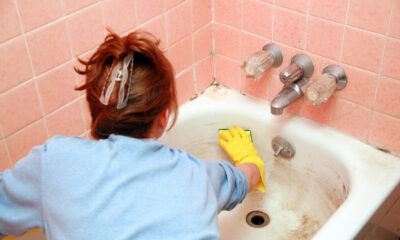Mold, Mildew, and Modern Life: How to Protect Your Home From Mold Damage

Some hazards are obvious. It is hard to overlook a storm when you are in its path. Other threats are more subtle. Mold and mildew may not seem like much, but these fungi can cause enormous problems for your property. At National Disaster Recovery, we help homeowners find a highly qualified restoration company, so we are happy to share the insights we have gained while building our reputation as a trusted directory in the restoration industry. Here is what you need to know to protect your home from mold damage. Read more.
Mold Versus Mildew
People sometimes talk about mold and mildew like they are the same thing. While they are both fungi with the potential to be destructive, they are different organisms. Understanding their similarities and differences can help protect your property from mildew or mold damage. Molds play an important role outside, where they help break down organic materials by feeding on them. Unfortunately, they can sometimes make their way inside human homes. There, their habits are less desirable. There are several varieties of mold, so appearances vary.
- Molds can be black or green and appear slimy, fuzzy, or scaly.
- Mildew loves warm, damp places. It generally presents as a black, powdery growth.
Both mold and mildew thrive in areas where moisture or humidity is present. Mildew is especially fond of lurking in kitchens and bathrooms. Mold can be found in those areas, but it has a more extensive reach. It is also happy to colonize basements, crawl spaces, and places where pipes or vents for HVAC systems travel. Both fungi spread via spores and prefer to live on organic materials that they can use as food sources. As a result, their presence can do significant damage to your property. To make matters worse, they can also cause health effects.
Mildew and Mold Prevention
One way to protect your property is to prevent mildew or mold damage from happening. How can you do it? Since fungi need moisture to thrive, you need to be proactive about controlling moisture:
- Keep your home properly ventilated.
- Use dehumidifiers and fans to control humidity.
- Do not let moisture or dampness sit in your home.
- Watch out for leaks. Fix any that you find immediately.
Mildew and Mold Remediation Services
Sadly, you cannot always prevent a mildew or mold infestation. These fungi are found everywhere, and the microscopic spores that spread them travel freely. Both mildew and mold find human homes quite welcoming, so how do you get rid of them? It is not a job for amateurs. Any attempt to eliminate fungi can release spores and spread the infestation to new areas of your home. That is why mold remediation is a job for restoration professionals.
Mold moves fast. It can spread throughout your home in less than 72 hours. That is why it is important to hire a professional outfit for your home. It is imperative to respond quickly to assess the problem and work out an effective cleanup and restoration process that causes minimal disruption for your family.
After identifying where the mold is, we use various containment measures to prevent contamination. The highly qualified technicians use air scrubbers to clean the spores from the air, even as they use antifungal and antimicrobial products to clean the mold from surfaces. Items and materials that cannot be cleaned are safely removed. After cleaning and deodorization are complete, any necessary restoration can be performed to return your property to its pre-loss condition.
Mold damage is not a minor concern. If left unchecked for a long enough time, there is a chance that mold could cause structural damage to your home. Have you seen mildew or mold? Have you noticed a musty odor? Has your home suffered water damage? Do not hesitate if you suspect that you have a mold issue.









Facebook
RSS